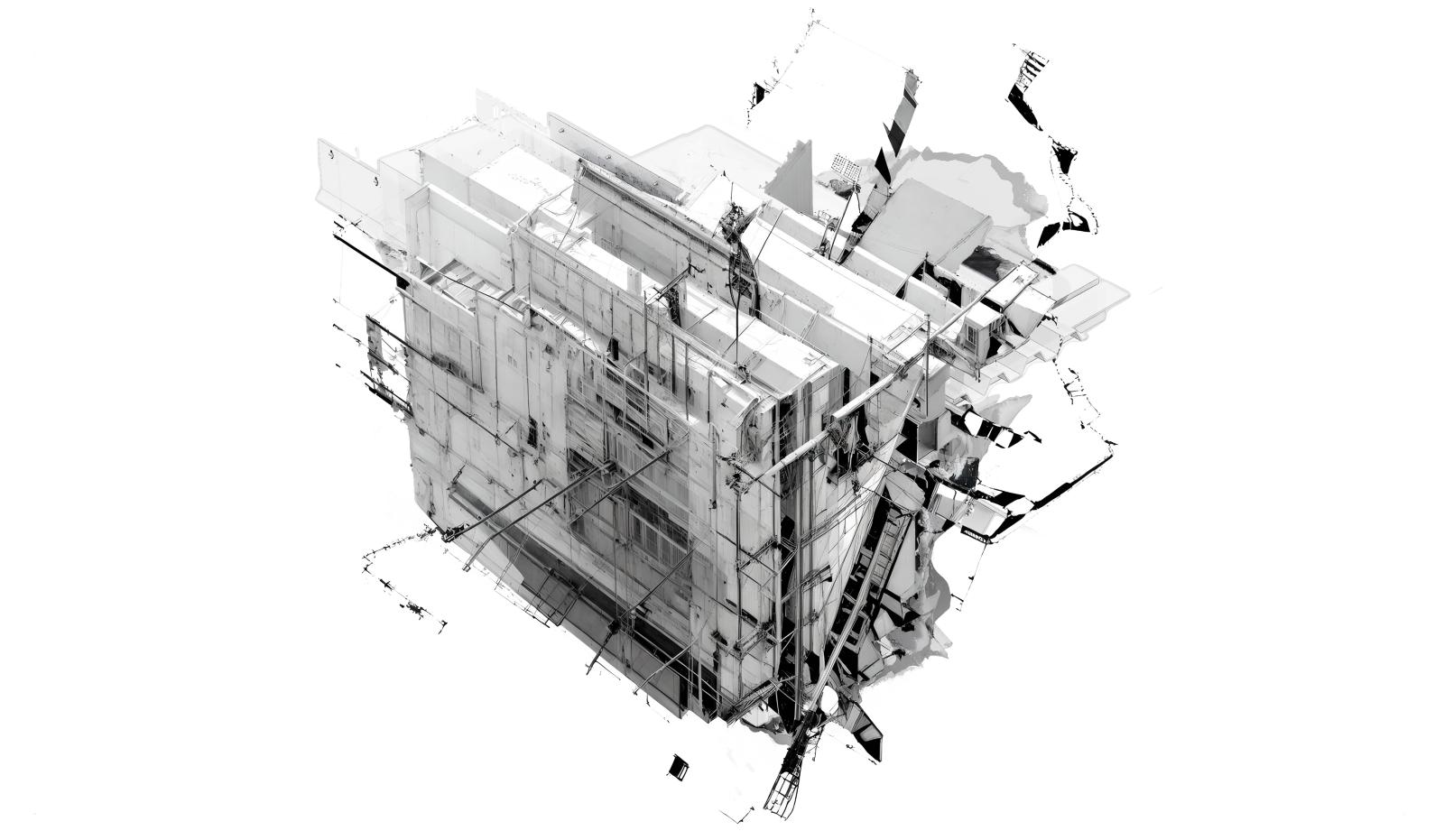ARC 327R / ARC 386M / ARI 381T
TTH 12:30 – 2:00pm, SUT 2.114
Open to all ARC students and ARI graduate students
Andy Bako: andrew.bako@utexas.edu
In Travels in Hyperreality, Umberto Eco describes the Lyndon B. Johnson Library in Austin, Texas, as a "fortress of solitude… a cave of robots," a uniquely American monument to the preservation of history through replication. The library's accumulation of curated fragments, archived and duplicated in perpetuity, reflects a paradox: a relentless drive to preserve the past through excess, driven by an underlying fear of impermanence. By replicating reality to stave off its loss, the library encapsulates a tension between overabundance and fragility—a duality that persists in contemporary architectural practice.
Today, architects navigate a similarly paradoxical condition. We are inundated with digital resources that produce a landscape of seemingly infinite design possibilities. Yet, this abundance sharply contrasts with the realities of material limitation, where ecological crises and resource depletion force a reckoning with material finitude. Scarcity, in this context, is not merely the absence of materials but an ethical imperative: how to build responsibly in a world of diminishing resources and overwhelming construction waste.
This duality of excess and scarcity demands a new architectural paradigm—one that embraces recycling and recombination as creative strategies. By repurposing curated fragments from both physical and virtual realms, architects can generate new meanings and spatial narratives that foreground ecological sensitivity while embracing advanced technologies.
Recycling Reality takes on this challenge. At its heart lies a reconceptualization of "material" in architecture—not as inert matter but as an active agent with the capacity to generate new meanings. Students will source construction waste from local Austin facilities, experiment with their recombination, and hybridize them with digital components utilizing generative AI and Microsoft HoloLens to produce 1:1 hybrid details that function within a speculative, mixed reality interface.


